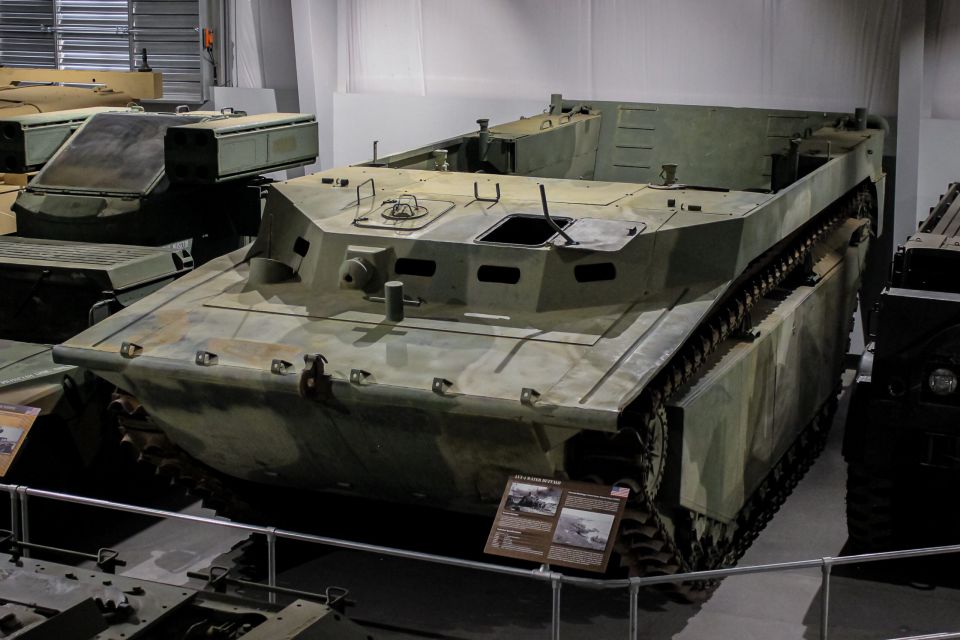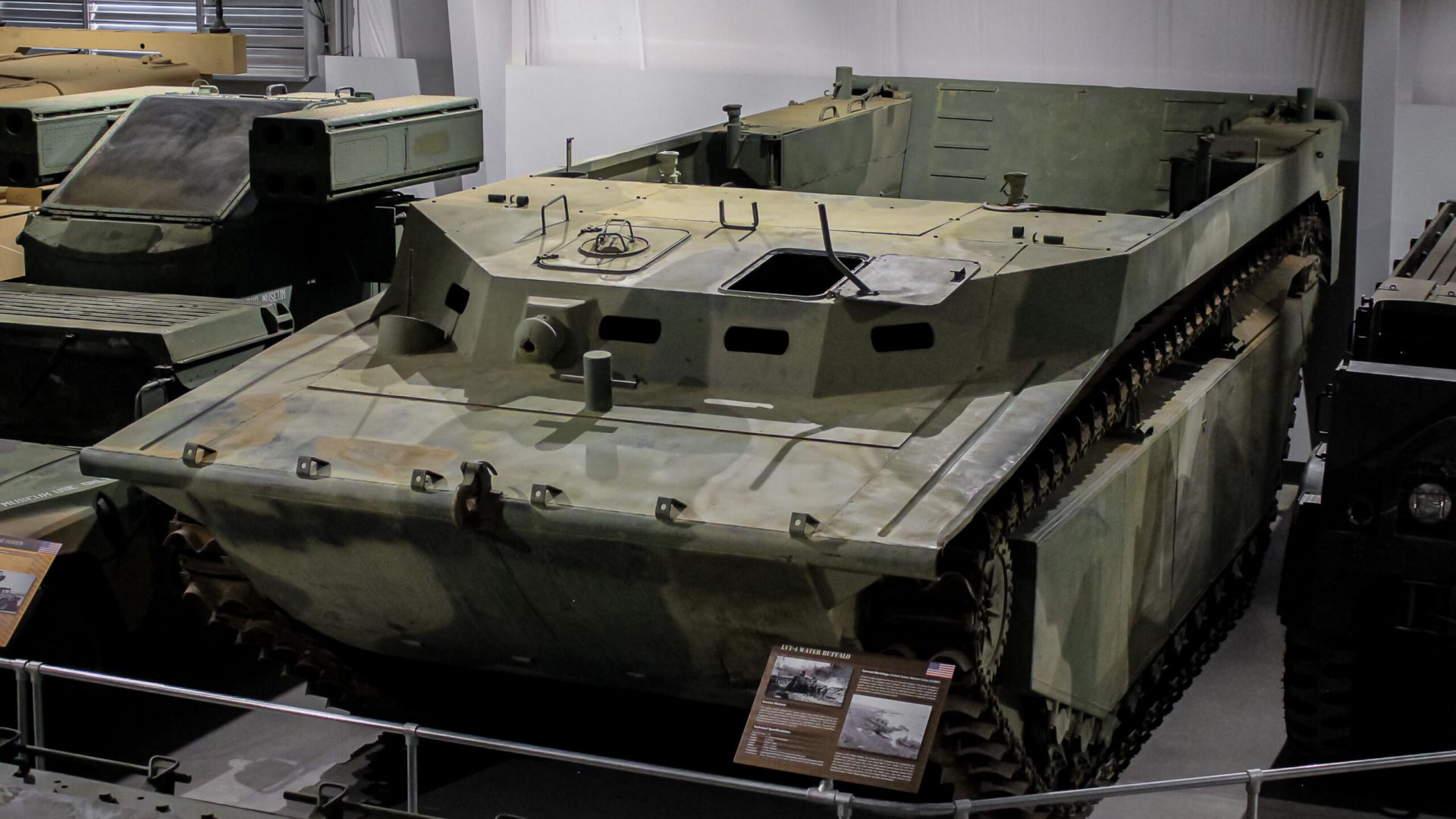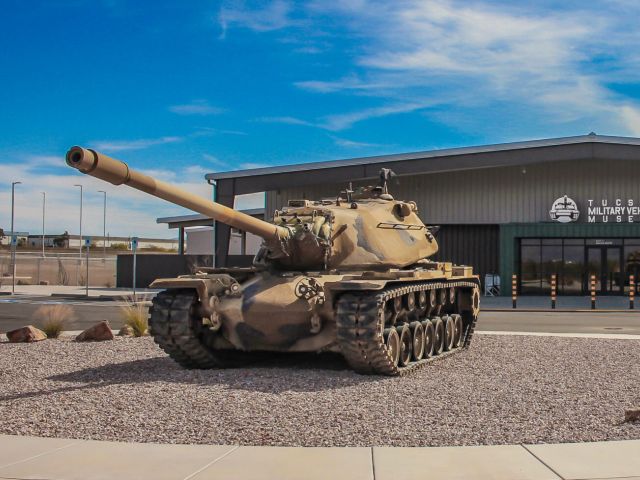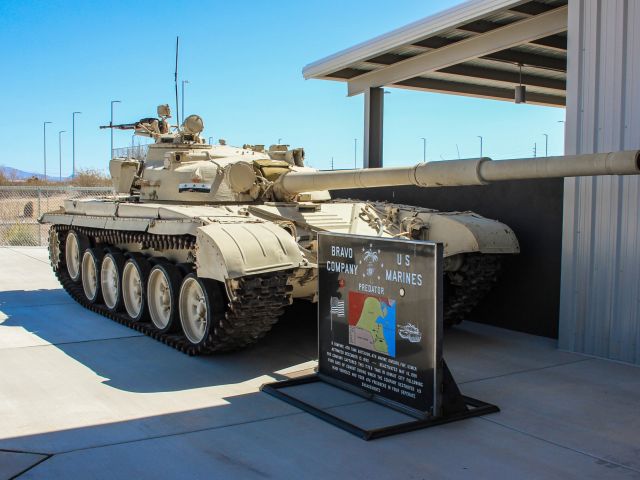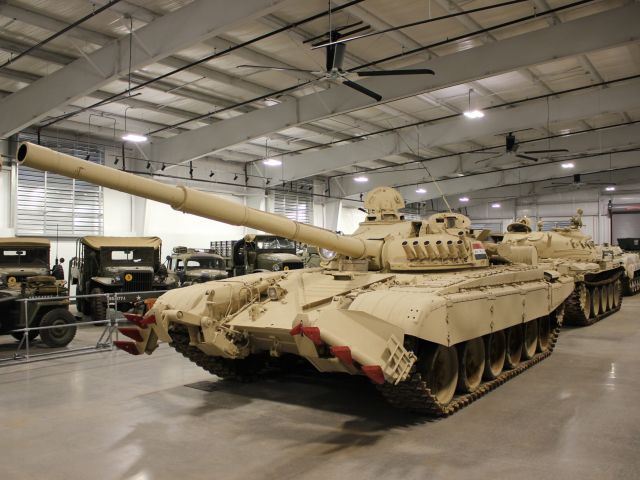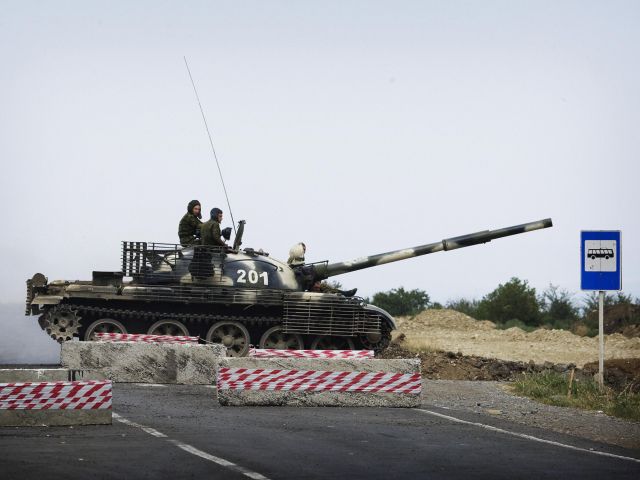Technical Specifications
-
Enter Service:1941
-
Crew:2–3 with up to 30 passengers
-
Weight:36,400 lbs
-
Dimensions:Length: 26ft 1in, Width: 10ft 8in, Height: 8ft 2in
-
Armament:2 × pintle-mounted 0.50 in Browning M2HB machine guns
-
Powerplant:Continental W-670-9A, air-cooled gasoline radial aircraft engine; 250 hp
-
Performance:Range: 150 mi (road), 75 mi (in water); Speed: 20 mph (on land), 7.5mph (in water)
Description
The Landing Vehicle Tracked (LVT) gained iconic status during World War II as an amphibious assault vehicle. Initially named Alligator, Donald Roebling built the first craft in 1935 to rescue hurricane victims from Florida wetlands. By 1940 the USMC adopted the Alligator as a resupply, ship to shore, amphibious vehicle. The same year, the first prototype was produced. Designated LVT, the Food Machinery Corporation delivered the first landing vehicle in July 1941.
The first combat engagement for the LVT occurred in August 1942 during the Battle of Guadalcanal. By campaign’s end in February 1943, the utility of the LVT changed to amphibious assault vehicle. It was first used in this role in late 1943 to navigate over jagged coral reefs and defeat the heaviest defended beaches in the Pacific on the Tarawa Atoll. It was also during this time the Food Machinery Corporation produced the most effective amphibious assault vehicle.
Known as LVT-4 Water Buffalo, this variant of LVT is recognized for accelerating the Pacific Island-Hopping Campaigns that ended WWII. Over 18,600 LVTs were built between July 1941 to August 1945. Of the eight variants manufactured, the LVT-4 was the most produced with over 8,300 vehicles delivered. The shipping volume of the LVT-4 outmatched other LVTs by two-fold. The added stern ramp door expedited loading and unloading operations. The LVT-4 Water Buffalo secured victories in the Battles of Saipan, Tinian, Peleliu, Philippines, Iwo Jima, and Okinawa.
